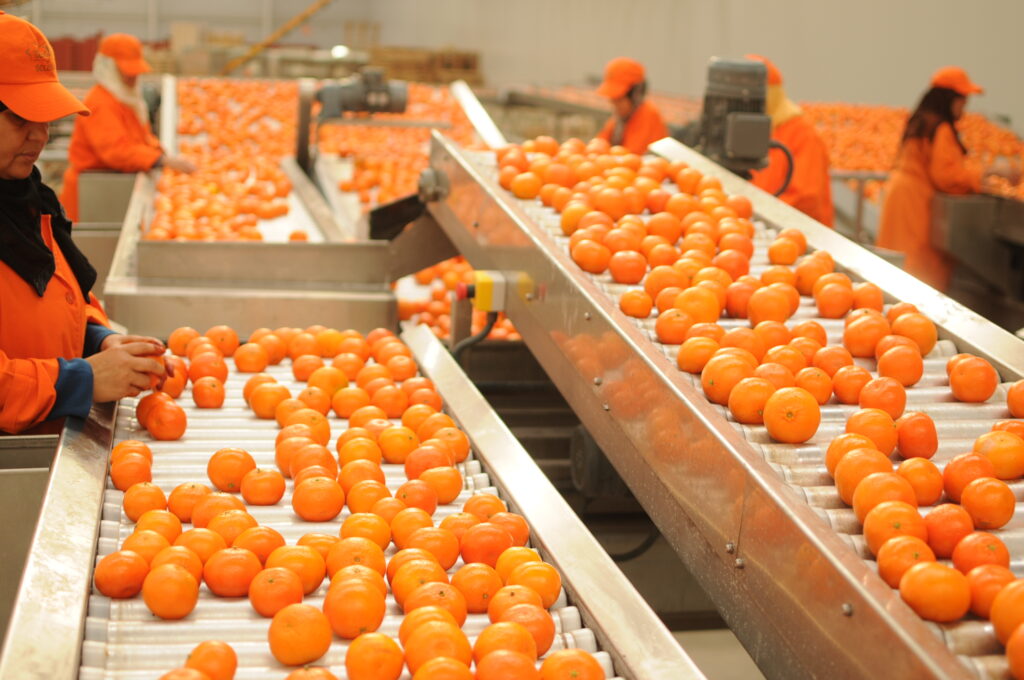Exporting oranges is a complex yet rewarding endeavor that involves various stages, from cultivation to delivery. This process ensures that consumers around the world enjoy fresh, high-quality oranges. Here’s an in-depth look at how oranges are exported:
1. Cultivation and Harvesting
The journey of exporting oranges begins in the orchards. The cultivation process involves several key steps:
- Selection of Varieties: Different varieties of oranges are chosen based on their suitability for export, including Navel, Valencia, and Blood oranges.
- Planting and Growing: The selected orange trees are planted in orchards with suitable soil and climate conditions. Regular irrigation, pruning, and pest control are essential for healthy growth.
- Harvesting: Oranges are typically harvested when they reach peak ripeness. The timing of the harvest is crucial to ensure the fruit retains its flavor and nutritional value during transit.
2. Quality Control and Sorting
Once harvested, the oranges undergo rigorous quality control processes:
- Inspection: Each orange is inspected for defects, size, color, and overall quality. Only the best oranges are selected for export.
- Cleaning and Sorting: The oranges are washed to remove any dirt or residues. They are then sorted by size, weight, and variety to meet the specific requirements of different markets.
3. Packaging
Proper packaging is vital to protect the oranges during transit and maintain their freshness:
- Packaging Materials: Oranges are typically packed in cardboard boxes, wooden crates, or mesh bags, depending on the destination and shipping method.
- Protective Measures: Packaging often includes protective materials such as foam nets or paper to prevent bruising and damage.
- Labeling: Each package is labeled with important information, including the variety, weight, origin, and handling instructions.
4. Documentation and Compliance
Exporting oranges requires thorough documentation and adherence to international regulations:
- Export Licenses: Exporters must obtain the necessary licenses and permits to legally ship oranges to foreign markets.
- Phytosanitary Certificates: These certificates verify that the oranges meet the health and safety standards of the importing country.
- Customs Documentation: Detailed documentation, including invoices, packing lists, and certificates of origin, is prepared to comply with customs regulations.
5. Transportation
The transportation of oranges involves careful planning to ensure timely and safe delivery:
- Cold Chain Logistics: Oranges are often transported in refrigerated containers to maintain their freshness. The cold chain logistics system ensures that the temperature is controlled throughout the journey.
- Modes of Transport: Depending on the destination, oranges may be shipped by sea, air, or land. Each mode of transport has its own advantages and considerations in terms of cost, speed, and volume.
- Transit Times: The transit time is planned to minimize delays and ensure that the oranges reach their destination in optimal condition.
6. Distribution and Marketing
Once the oranges arrive at their destination, they are distributed to various markets:
- Importers and Distributors: Local importers and distributors handle the logistics of getting the oranges to retailers and consumers.
- Marketing Strategies: Effective marketing strategies are employed to promote the oranges in the new market. This can include branding, advertising, and promotional events.
- Retail and Wholesale: Oranges are sold through various channels, including supermarkets, local markets, and online platforms. The goal is to reach a wide range of consumers and ensure a steady demand for the product.
Conclusion
Exporting oranges is a multifaceted process that requires careful coordination and adherence to quality standards. From cultivation and harvesting to packaging and transportation, each step is designed to ensure that consumers receive fresh, high-quality oranges. By understanding and managing each stage effectively, exporters can successfully navigate the complexities of international trade and bring the sweet, tangy taste of oranges to tables around the world.
![]()

